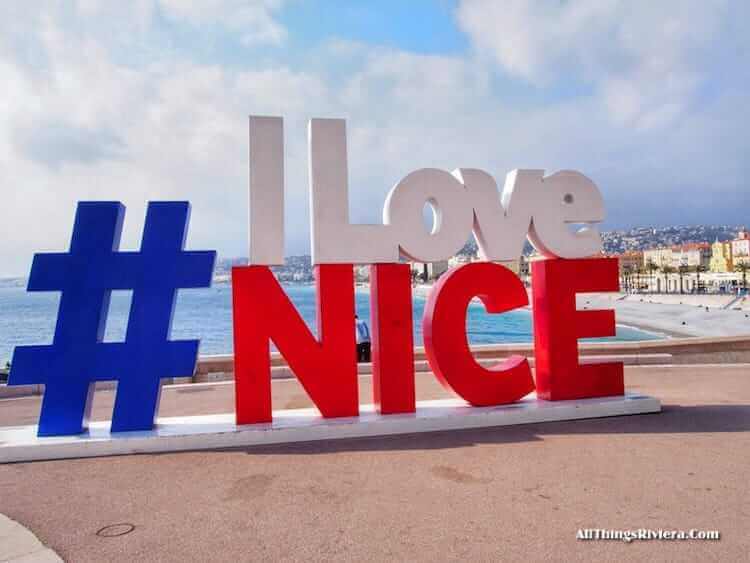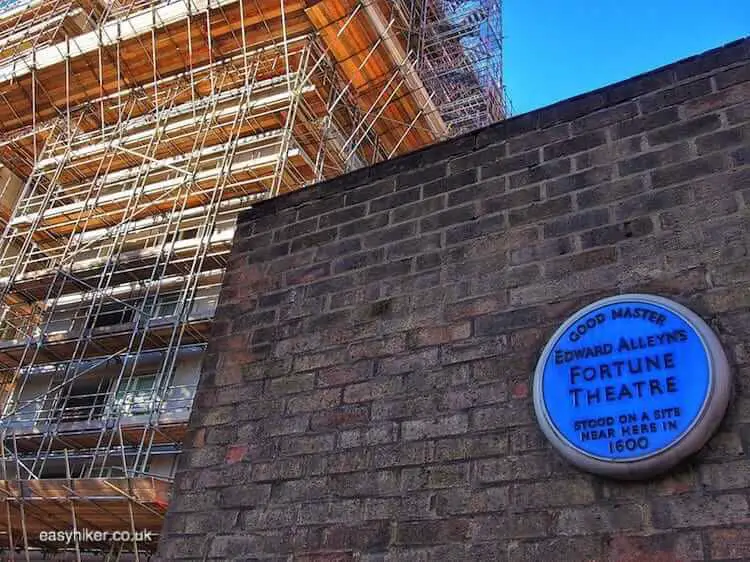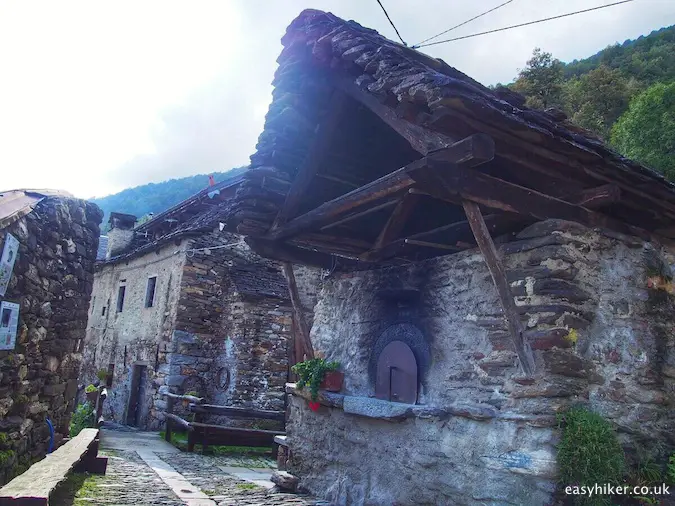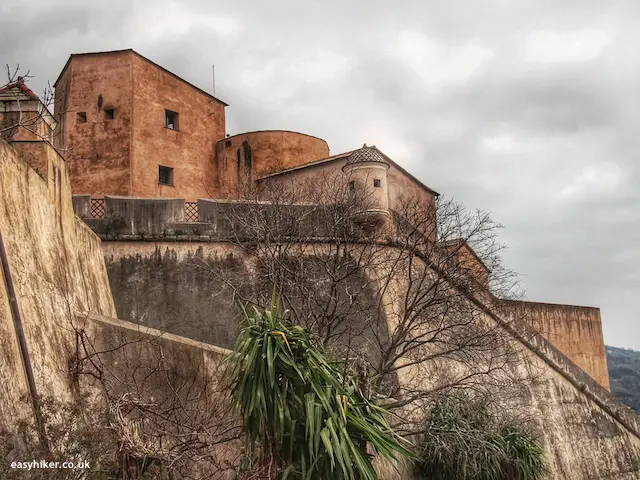Here is a warning: If you cannot stand the sight of water …

… and if you are particularly allergic against streams that are narrowly framed by rows of ancient buildings …

… you should stay well clear of Treviso because, once you are there, you will find no way of escaping your nightmare.
You just walk down a street and suddenly, seemingly out of nowhere, BANG: there is that stuff again, swishing merrily along in between houses and gardens.

If you want to know what Treviso looks like, just think: Venice. The two cities are very much alike, which may have something to do with the fact that they are only about 40 km away from each other.
At times, it feels even closer than that.

The main difference – apart from the issue of size: the old town of Venice is much, much larger – is the origin of the water that fills the city streets. In Venice, it is the sea, while for the waters of Treviso, it is a natural waterway, the Botteniga river, which flows in from the north and is then divided into multiple parts in a masterpiece of late medieval engineering.
The man in charge of the project was a Dominican friar called Giovanni Giocondo, perhaps the greatest of all the Renaissance’s forgotten geniuses. (Look it up if you don’t believe me!)

Over the centuries, these sub-divisions provided local workshops – mainly mills and tanneries – with water and energy, but this is not why the medieval engineers took the trouble.
The purpose of the Botteniga diversions was, above all, to store as much water as possible inside the town so that the Trevisans could, if such a need were to arise, open a complicated system of locks and sluices to submerge the entire countryside around the town under several feet of water.
This was not a project designed and financed by Treviso – then as now, a small country town – but by its powerful neighbour and ally. Treviso was, essentially, the first line of defence for Venice against attacks from the north.
To illustrate their relationship: Treviso’s main city gate, the Porta San Tomaso, is adorned by an image of the Venetian Lion – designed, one may assume, as a reminder for the locals of who was really calling the shots in their town, and as a warning to any foreign powers: keep your hands off, the gate seems to say, this town is ours.

The Botteniga river feeds in total five waterways that flow through or past the old town of Treviso: two that bypass the ancient city walls, one flowing left and the other right, …

… before they both join the Sile river in the south of town, establishing a “ring of water” around the old town; and three that flow right through the heart of old Treviso.
The Canale della Roggia in the west is smallest of these three, sometimes no wider than a step or two …

… while the Cagnan – the word for “canal” in the local dialect – in the east appears to carry the largest volume of water.
There is certainly enough of the stuff in Treviso’s Canale Grande to surround the Pescheria fish market with water on all sides …

… and this is also where you find the largest surviving specimen of the city’s ancient mill wheels.

The Cagnan, too, eventually joins the Sile river which establishes Treviso’s southern border. The last bridge across the Cagnan was, at the time of its construction, known as the Ponte dell’Impossibile, having collapsed time and time again.
We admire the builders of the Middle Ages because they got so many things right while only being dimly aware of the underlying fundamentals of statics, force and torque, but it is fair to point out that medieval engineering had its limitations.
Today, it is mercifully safe to cross the no-longer-impossible bridge which is now called Ponte Dante because the poet dedicated a line in his Divine Comedy to this place “where the Cagnan and the Sile meet”.

The most scenic and picturesque of the three Botteniga branches is, however, the Canale dei Buranelli.
Stroll down where the fishermen from Burano once sold their goods …

… to the place where the local women used to wash their laundry.

By now, you will get the drift: Treviso is a place where there is “water, water everywhere” – and we have not yet even talked about the water that is splashed around by the city’s 85 fountains.
If you only have time for one: pick the most famous, which, although stashed away in a corner of a shopping arcade, is always surrounded by a crowd of photographers.
This is the statuette that Google Maps rather squeamishly refers to as “Fountain with a nude female torso”, …

… while its Italian name – the “Fontana delle Tette” – is not only more upfront but also gives you an idea of what is actually happening here.
In fact, today’s Fontana is a rather crude copy of a 16th century contraption (displayed under glass outside the Prefettura on the Piazza dei Signori) that dispensed wine for townsfolk on festive days: white from one nipple, red from the other. Ah, the good old days!
Water or not: Treviso is a very handsome town, one of those sparkling provincial gems that are the true blessing of Italy.
It is hard to believe that the old town was virtually flattened in aerial bombardments of WWII. Apparently, the allies meant to destroy a near-by German ammunition depot but hit the old town instead. But everything was rebuilt as it had been before – and today looks as shiny as old.

When you are travelling through the Veneto region, you should dedicate at least half a day to an exploration of Treviso’s waterways, preferably starting in the north (at the Ponte de Pria) and heading south alongside either the Cagnan or the Buranelli before returning by the side of the other.
Since – with one or two exceptions – no footpath runs by the side of either canal, you will have to thread your way through adjacent streets (with the help of a map), searching out the spots where the canals re-emerge.
We started today’s post with a warning and will end it with a piece friendly advice: provided you do not mind the sight of water, this is a great way of familiarizing yourself with the city and its many charms.







